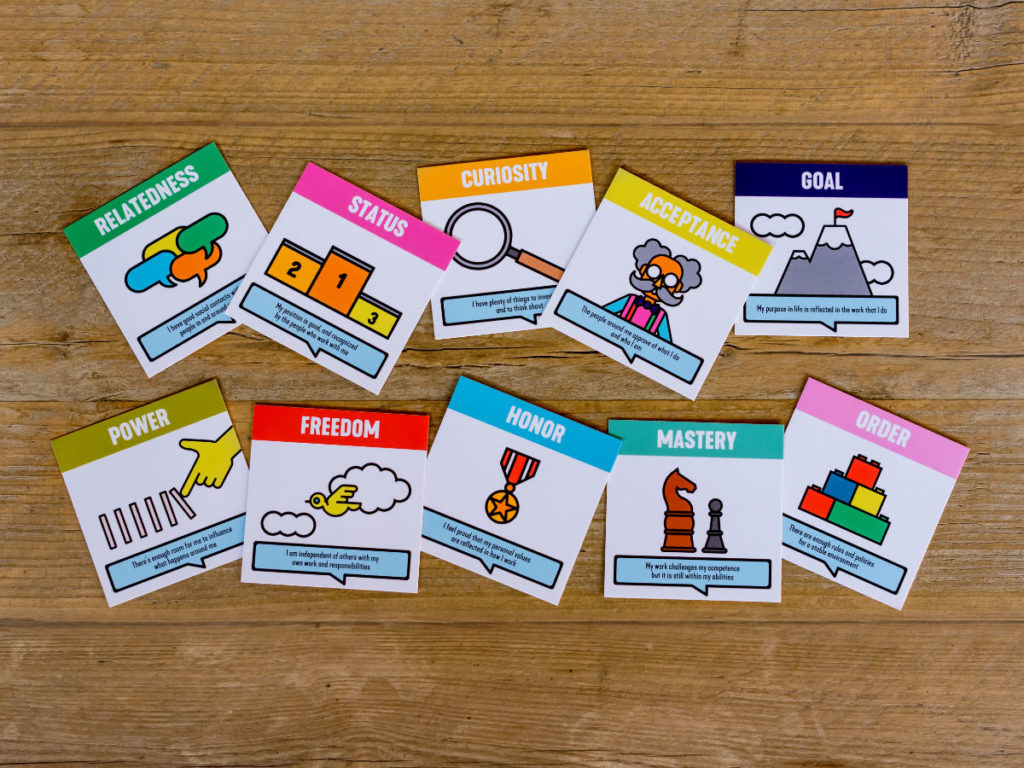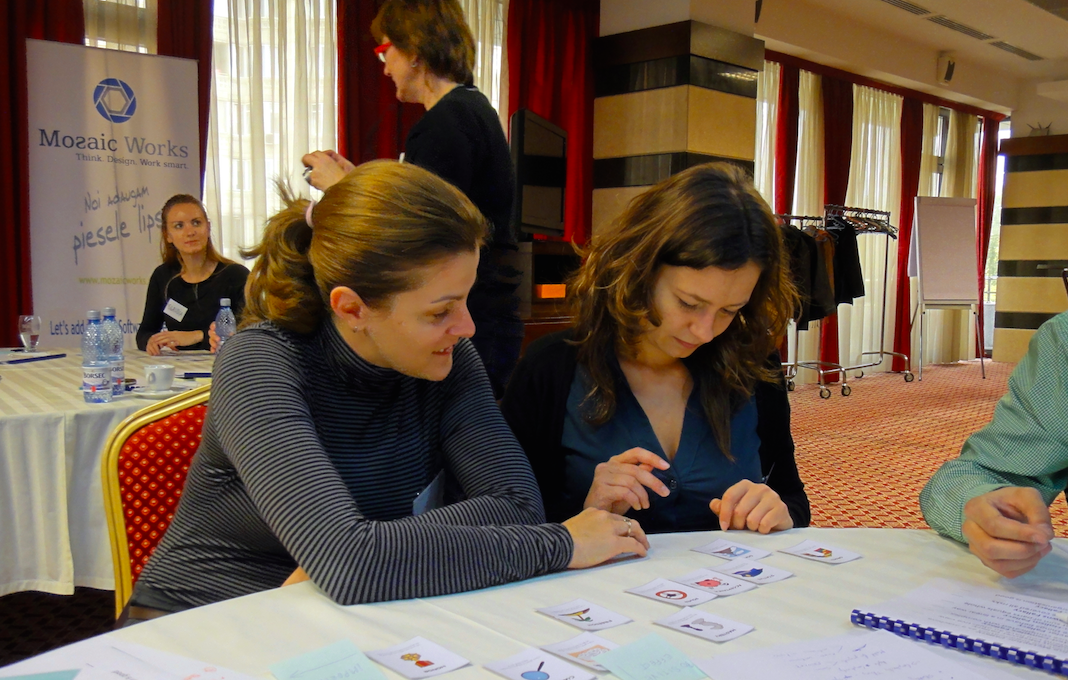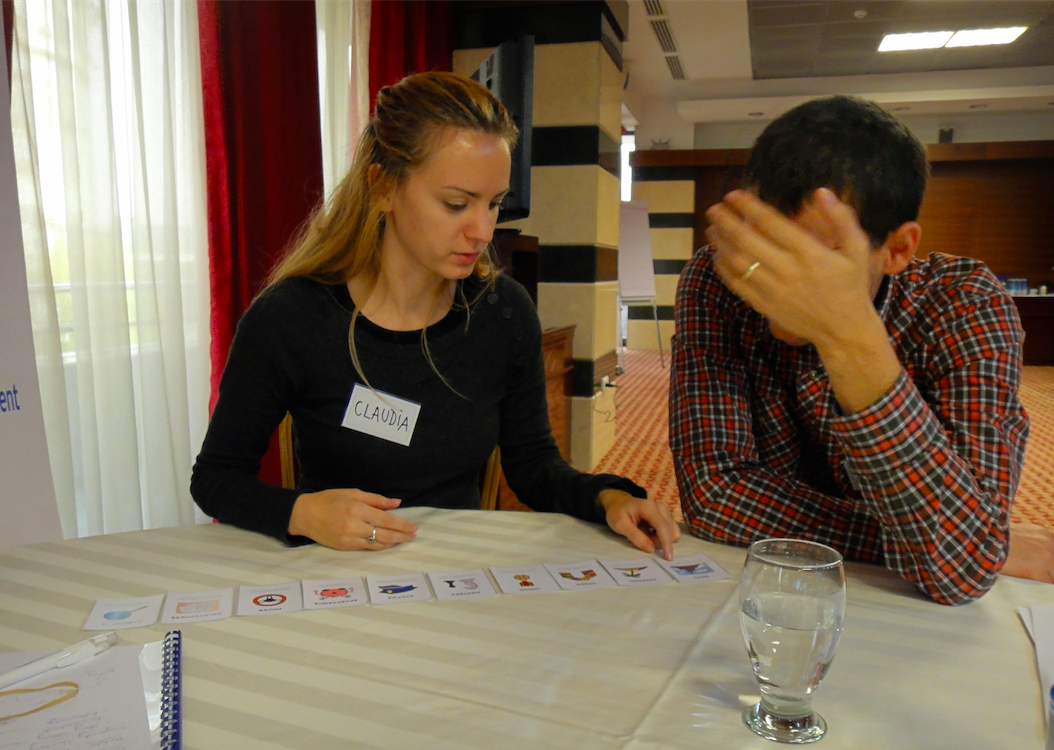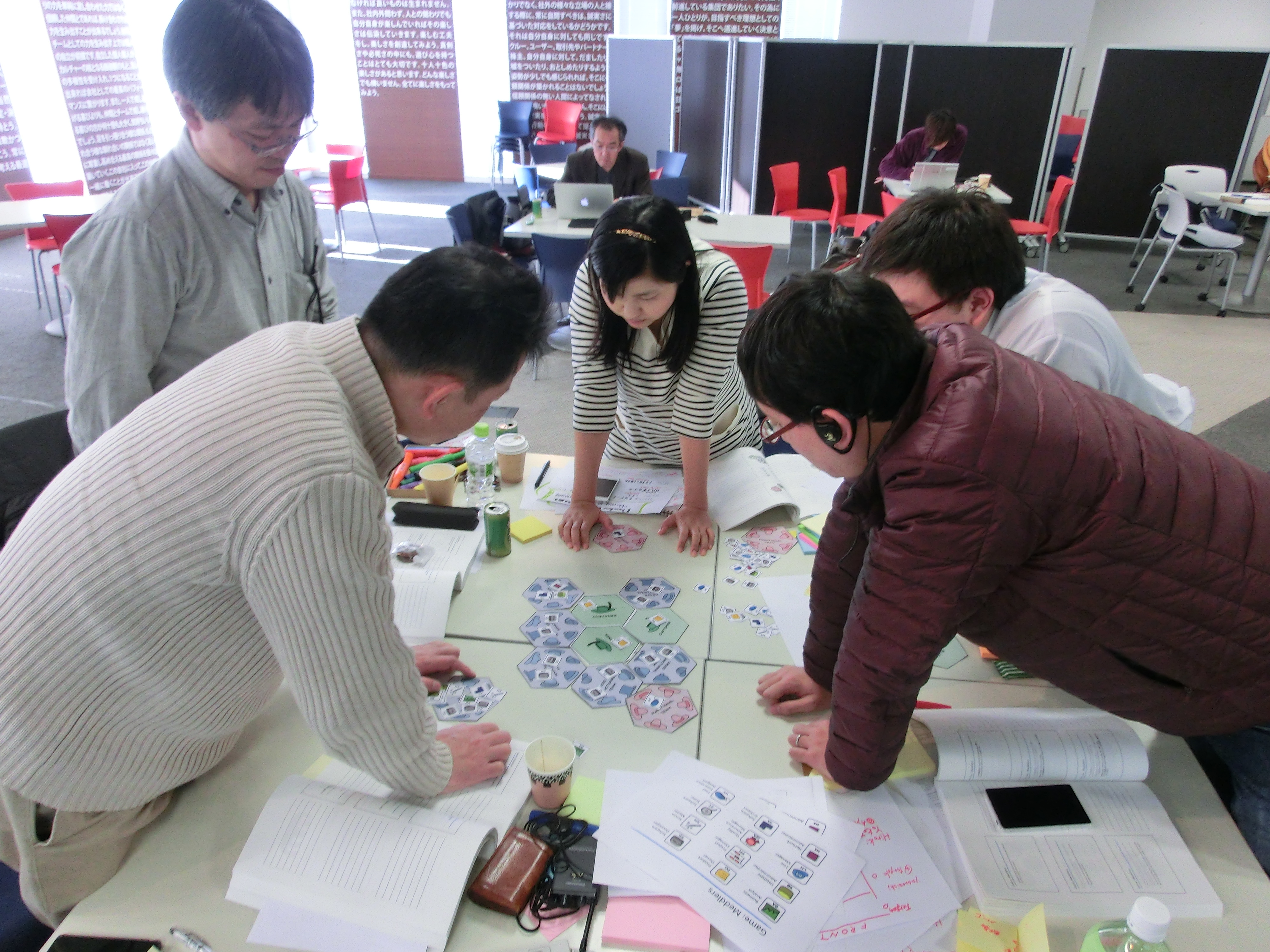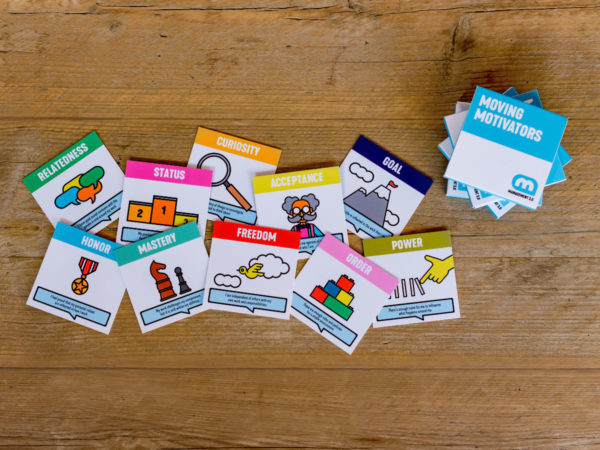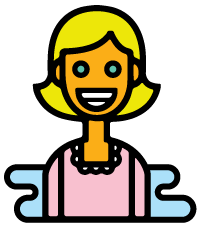What do you do when you need to make a decision? How do you know what makes your new hire tick? How do you know what gets under your own skin?

One of the easiest and definitely most fun ways to delve into both your motivations (more on that below) is to play Moving Motivators!
Invented by founder of Management 3.0, Jurgen Appelo, Moving Motivators is an exercise meant to help us reflect on motivation and how it affects organizational change.
The Moving Motivators exercise is based on ten motivators, which Jurgen derived from the works of Daniel Pink, Steven Reiss, and Edward Deci. These ten motivators are either intrinsic, extrinsic, or
a bit of both.
But before we delve into those desires let’s first define the difference between
Intrinsic and extrinsic motivation
What is intrinsic motivation? According to Jurgen this is defined as people’s innate desires to do well and to have an eagerness for self-control and self-direction in accomplishing objectives. Successful intrinsic motivation is the result of the fulfillment of basic desires
What is extrinsic motivation? External rewards such as payments, bonuses or promotions
Now that we’re clear on that, let’s have a look at the ten motivations. Keep in mind that while there are explanations for each one, the most important thing is that each motivator makes sense to you and to your team. Take a few minutes before starting to define what each motivator means to you.
Learn to play Moving Motivators at a Management 3.0 event! It’s part of the module Energize People: Motivation and Engagement

